UCD STAT20100: Inferential Statistics Assignment 2, Semester 2, 2020
VerifiedAdded on 2022/09/14
|5
|903
|11
Homework Assignment
AI Summary
This document presents a complete solution to an Inferential Statistics assignment, focusing on a random sample from a Gaussian population. The solution begins by determining the method of moments estimator for the parameter τ, utilizing the second non-central moment. It then derives the likelihood and log-likelihood functions for τ. The assignment proceeds to demonstrate that nX is a sufficient statistic for τ, followed by a proof that the maximum likelihood estimator for τ is τ̂ = 1/(2X). Finally, the solution calculates a 95% confidence interval based on a given sample realization, providing the necessary calculations and Excel output to support the results. The assignment comprehensively addresses key concepts in inferential statistics, including estimation, likelihood, sufficiency, and confidence intervals.
1 out of 5
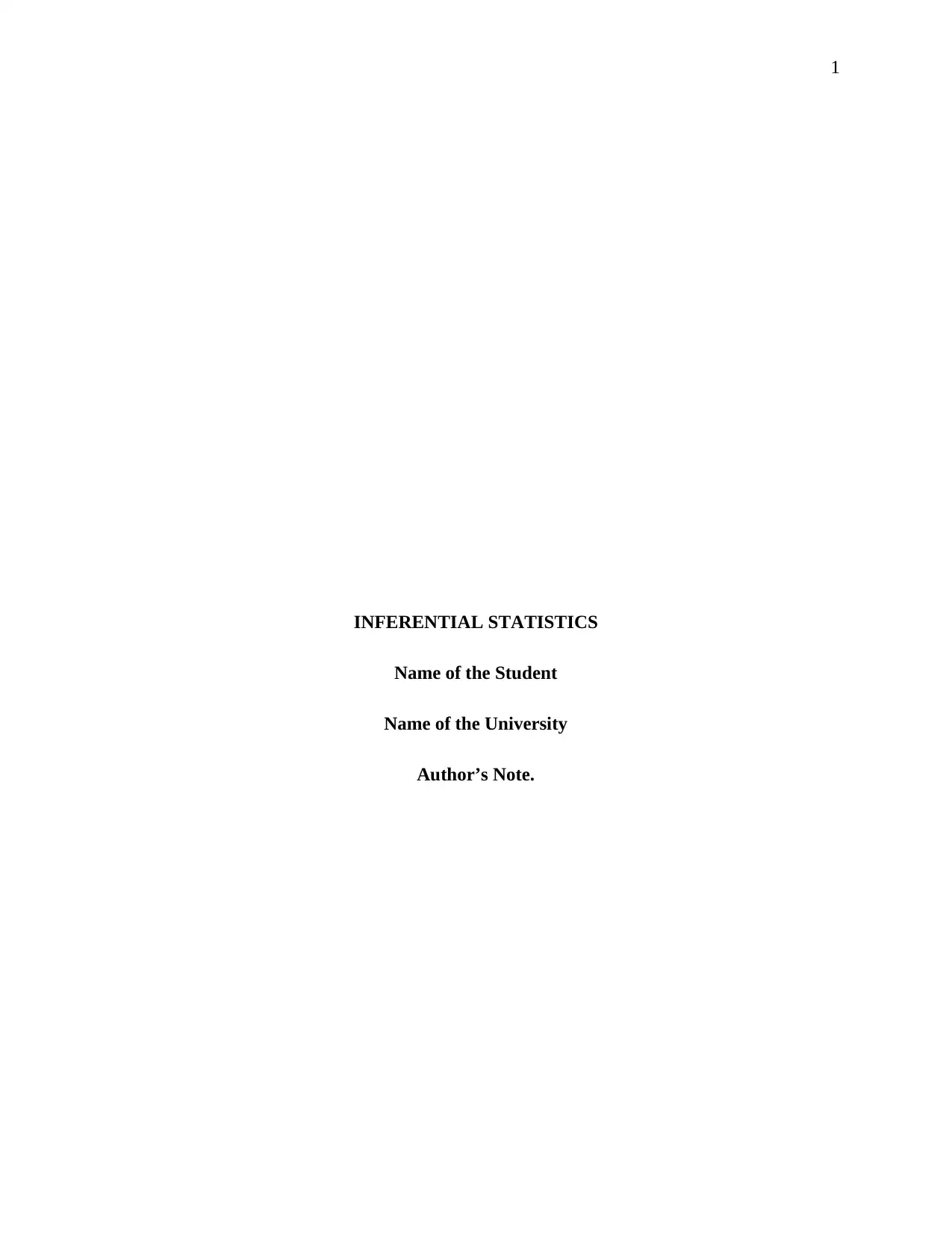
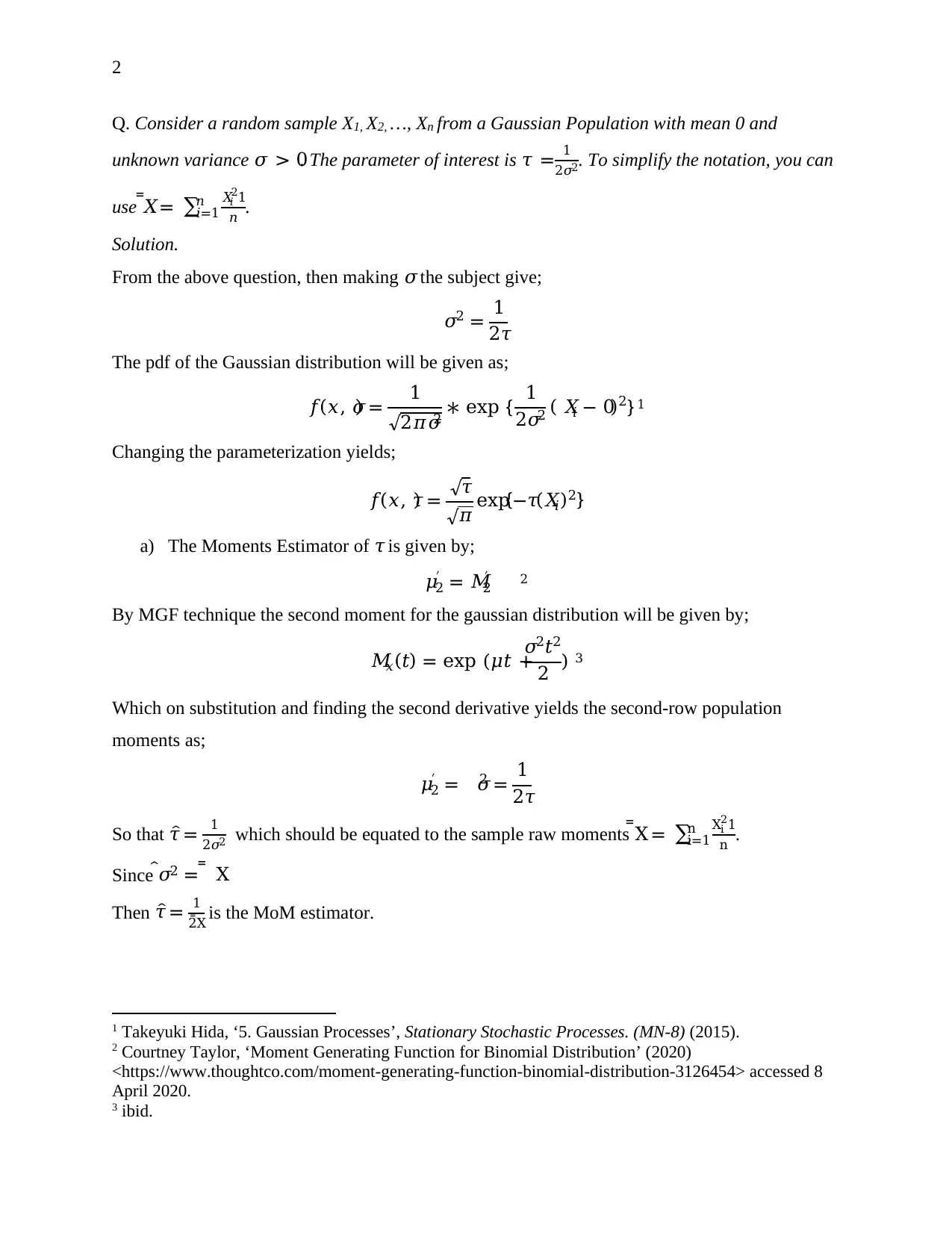
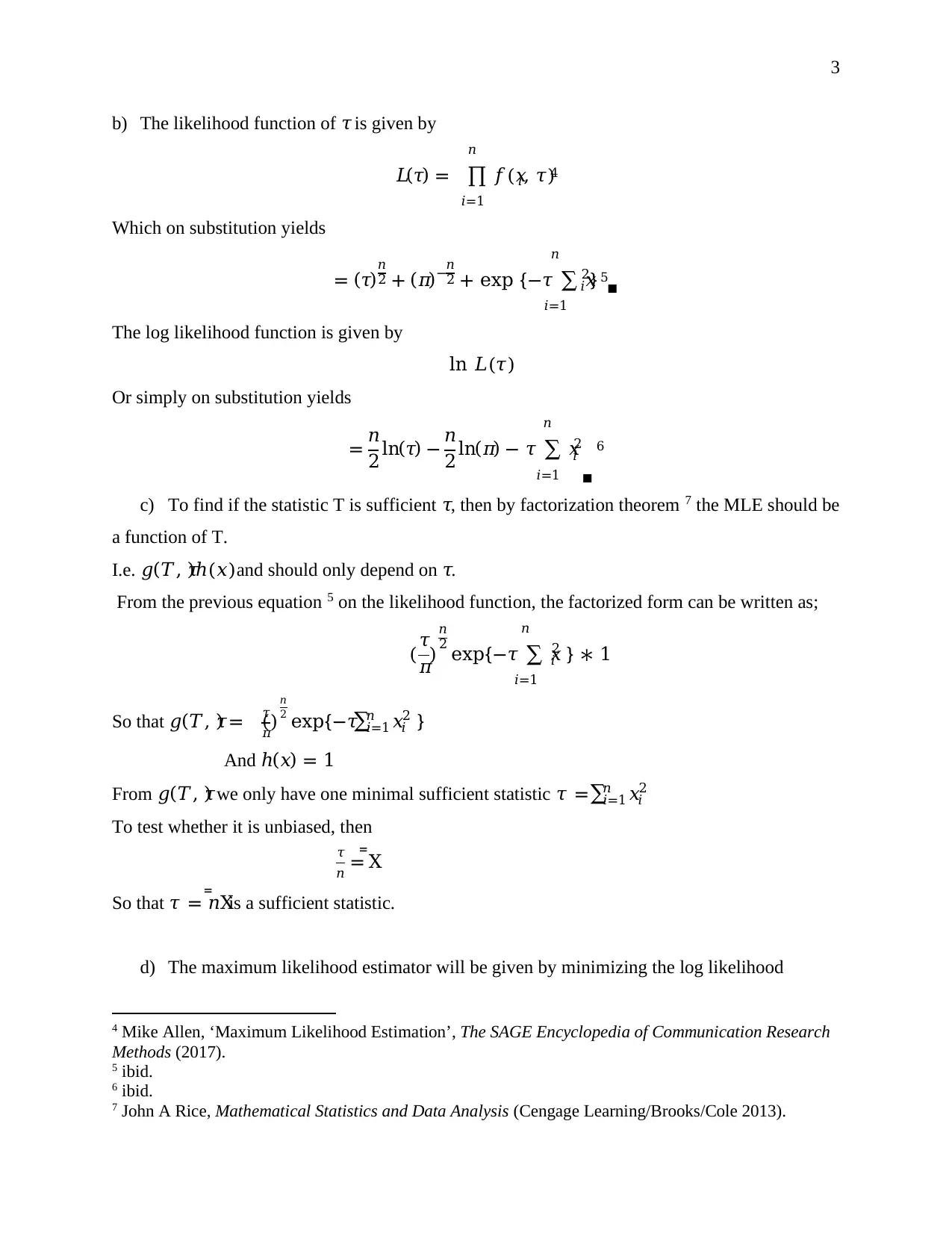

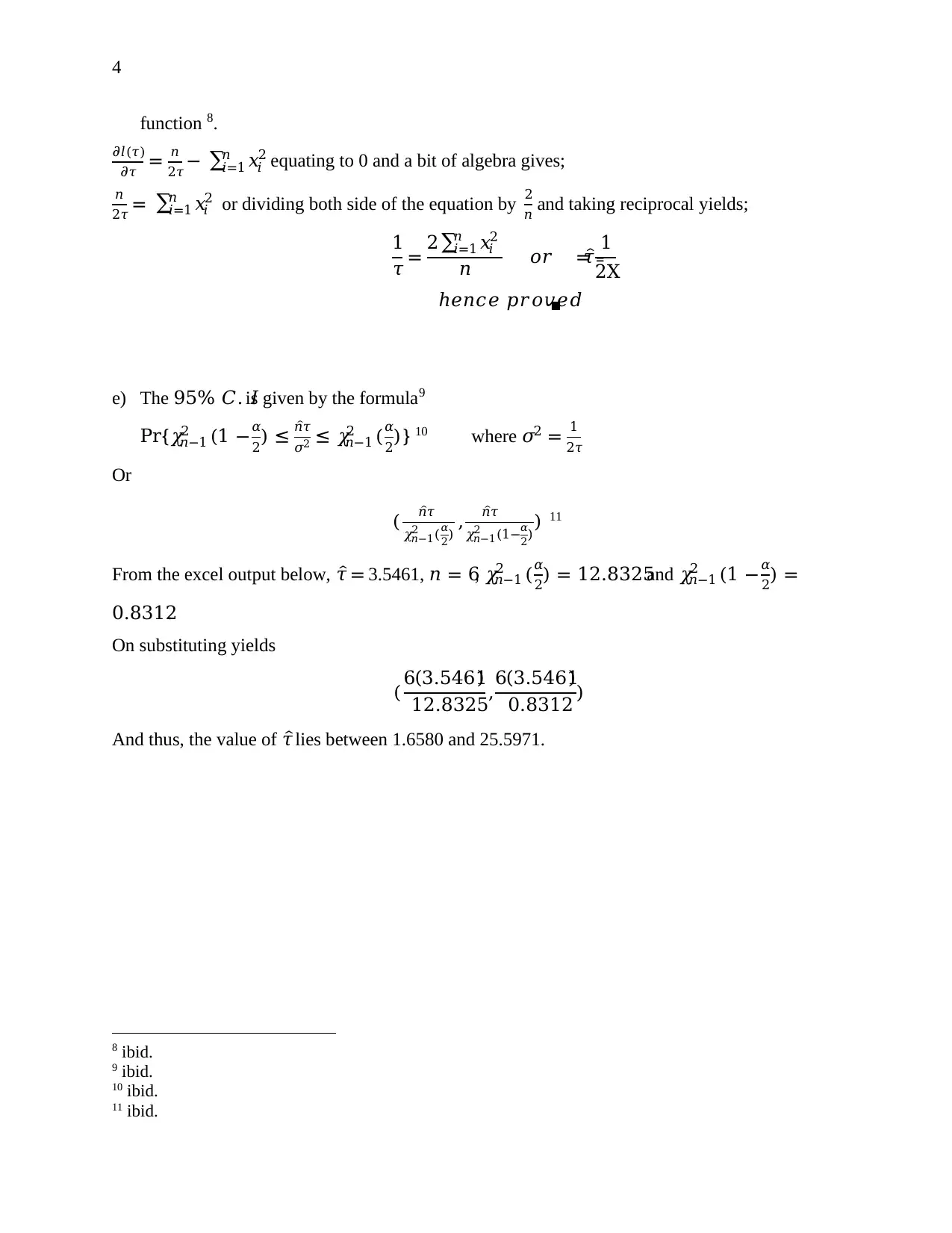
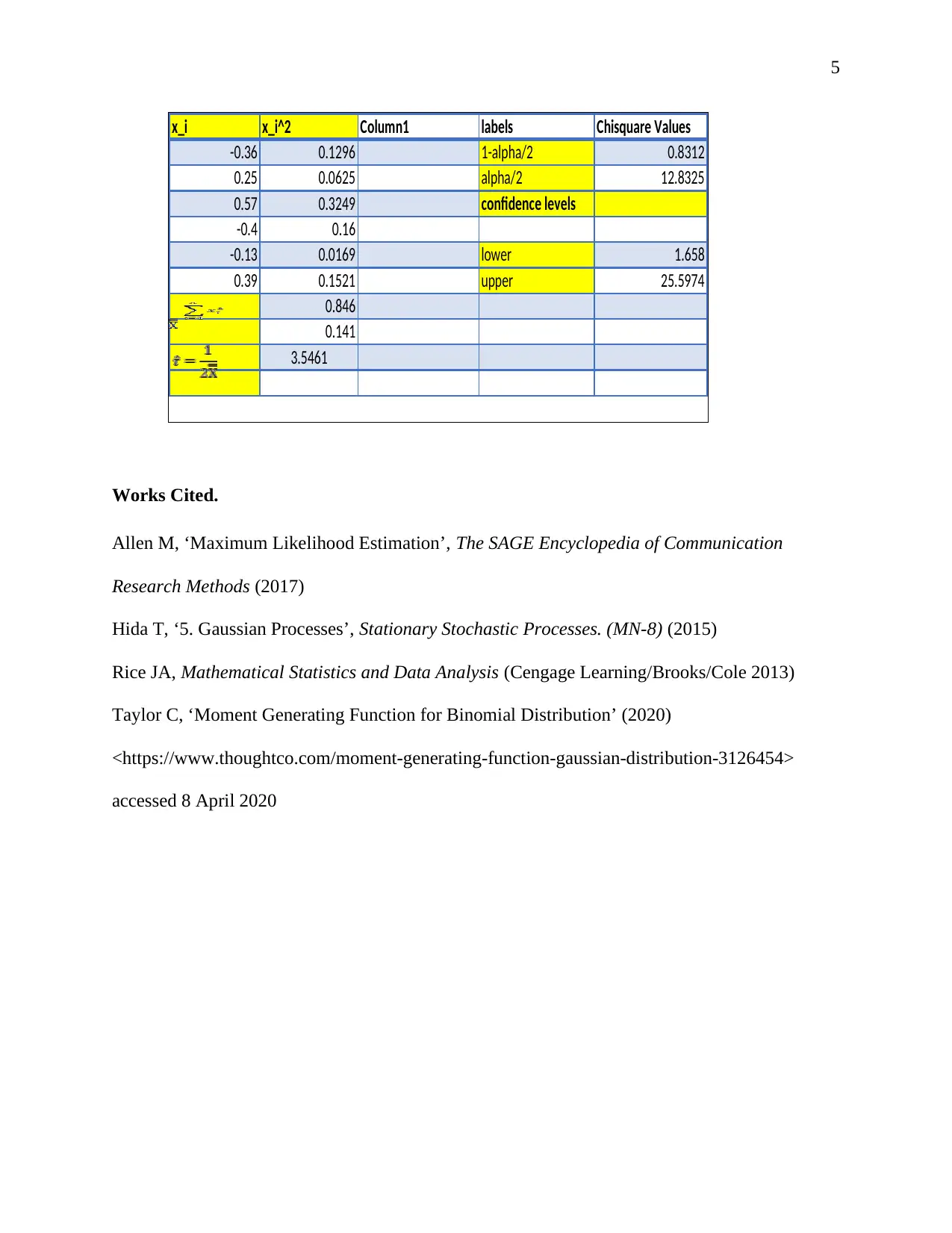

![[object Object]](/_next/static/media/star-bottom.7253800d.svg)